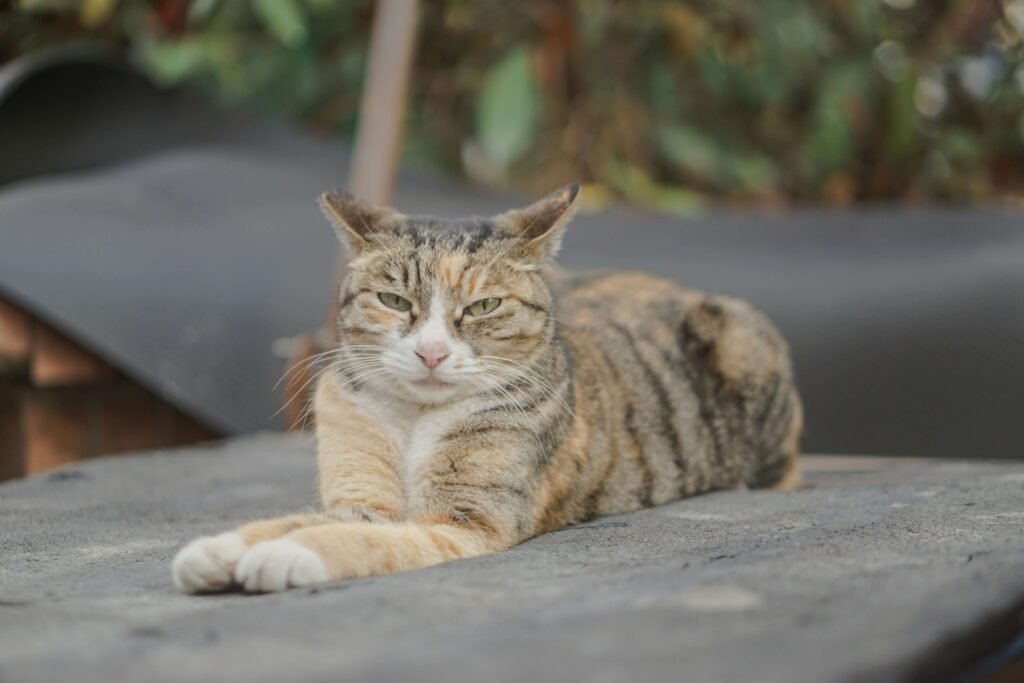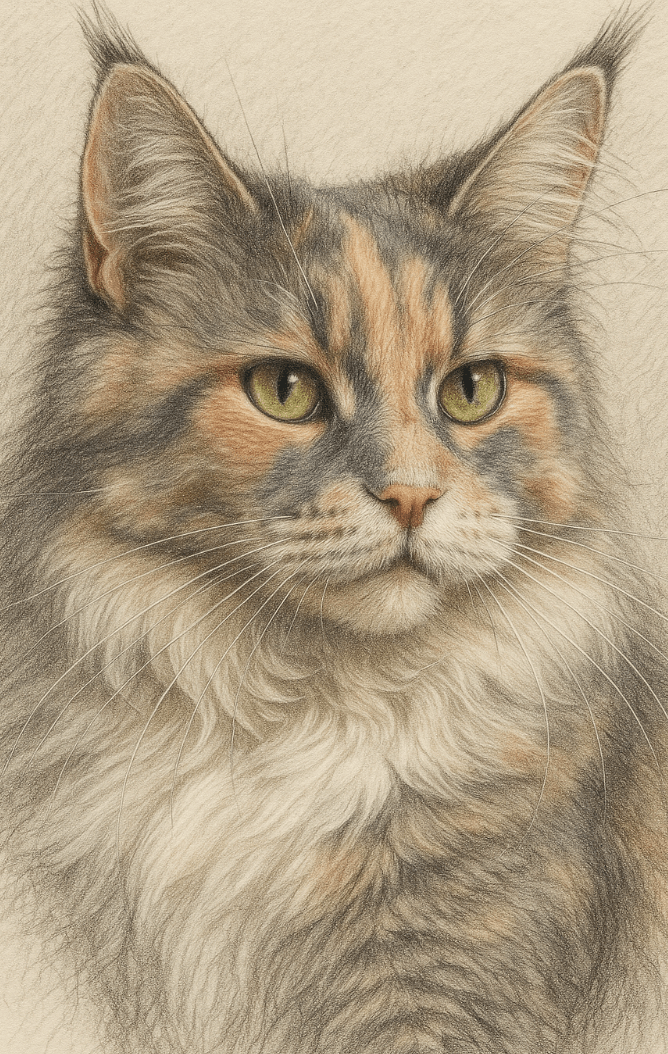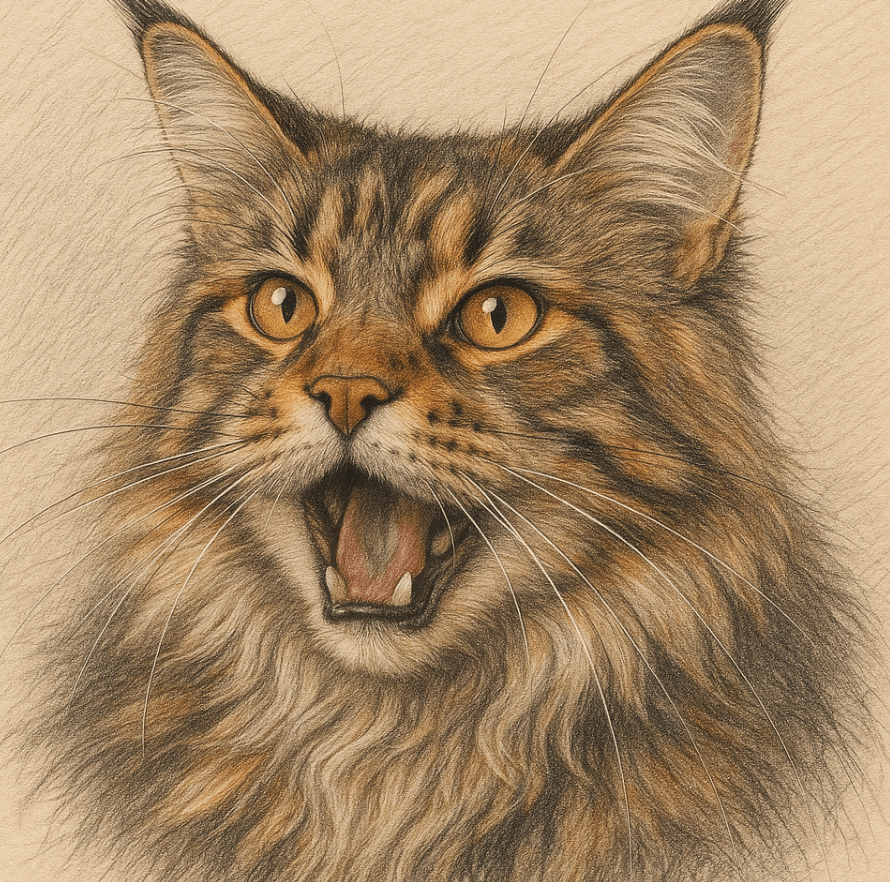Does Cat Food Expire? Everything You Need to Know
As a cat owner, you’ve probably found yourself staring at an unopened can or bag of cat food, wondering, “Does cat food expire?” The short answer is yes—cat food does have an expiration date. But the real question isn’t just whether it expires; it’s about understanding what that means for your feline friend’s health and safety. Whether you’re stocking up during a sale or simply curious about how long your cat’s food remains fresh, this guide will walk you through everything you need to know about cat food expiration. From reading labels to recognizing signs of spoilage, we’ll help you ensure your furry companion stays happy and healthy.
How to Identify Expiration Dates on Cat Food Packaging
Understanding the labeling system on cat food packaging is crucial to ensuring your pet’s meals are safe and nutritious. Here’s what you need to know about identifying expiration dates:
Look for phrases like “Best By,” “Use By,” or “Sell By” on the packaging.
These terms indicate the period during which the product is expected to remain at its peak quality.Check the location of the date stamp.
It’s often printed on the bottom, side, or top of the packaging, depending on the brand and type of food.Note that dry food typically has a longer shelf life than wet food.
Dry kibble often lasts 12-18 months from production, while canned food usually has a shorter window of 2-5 years.Understand that the expiration date assumes proper storage conditions.
If the food was stored improperly, it might spoil before the stated date.Pay attention to any changes in packaging or branding.
Sometimes, manufacturers update their designs, and older stock might still be on shelves with shorter remaining shelf lives.
Always double-check the expiration date before purchasing or feeding your cat. Doing so ensures that your pet enjoys fresh, high-quality meals every time.
Signs Your Cat Food Has Gone Bad
Even if the expiration date hasn’t passed, cat food can still go bad due to improper storage or other factors. Here are some signs to watch out for:
A sour or off-putting smell.
Fresh cat food should have a neutral or slightly meaty aroma. If it smells rancid, it’s best to discard it.Visible mold or discoloration.
Check for unusual spots, fuzz, or changes in color, especially in wet food.Changes in texture.
Dry food that feels unusually soft or greasy may have absorbed moisture and gone stale.Swollen or damaged packaging.
This could indicate that the food inside has spoiled or been exposed to air.Unusual taste (if you’re brave enough to test it).
While you shouldn’t taste cat food regularly, licking a tiny bit can help confirm spoilage if you’re unsure.
If you notice any of these signs, it’s better to err on the side of caution and replace the food. Feeding spoiled food to your cat can lead to digestive issues or worse.
Check this guide 👉Turkey Cat Food: Top 4 Best Picks for a Healthy, Happy Cat!
Check this guide 👉Top 4 Best Canned Cat Food Products Your Feline Will Love!
Check this guide 👉Top 4 Best Sensitive Cat Foods for Ultimate Relief!

Storage Tips for Cat Food | Common Mistakes to Avoid |
|---|---|
Store dry food in a cool, dry place. | Leaving food bags open or unsealed. |
Keep canned food in a pantry or fridge. | Storing food near heat sources like ovens. |
Use airtight containers for dry kibble. | Ignoring expiration dates on packaging. |
Refrigerate opened cans promptly. | Buying in bulk without checking freshness. |
Rotate stock using the FIFO method. | Overlooking signs of spoilage or damage. |
Tips for Extending the Shelf Life of Cat Food
Proper storage is key to maximizing the lifespan of your cat’s food. Follow these tips to keep it fresh for as long as possible:
Always seal bags tightly after opening.
This prevents exposure to air, which can cause oxidation and spoilage.Transfer dry food to airtight containers.
Plastic bins or glass jars with secure lids work well for maintaining freshness.Avoid storing food in direct sunlight.
Heat and light can degrade nutrients and accelerate spoilage.Label containers with the purchase or opening date.
This helps you keep track of how long the food has been stored.Freeze excess portions of wet food.
Portioning out wet food into small freezer-safe containers can extend its usability.
By following these simple steps, you can ensure your cat’s food stays fresh and nutritious for as long as possible.
What Happens If You Feed Expired Cat Food to Your Pet?
Feeding expired cat food to your pet can have several consequences, ranging from mild to severe. Consider these potential outcomes:
Digestive upset such as vomiting or diarrhea.
Expired food may contain harmful bacteria or degraded ingredients that irritate your cat’s stomach.Loss of appetite or refusal to eat.
Cats are sensitive to changes in taste and smell, and spoiled food may deter them from eating altogether.Nutritional deficiencies over time.
Expired food loses its nutritional value, meaning your cat may not get the essential vitamins and minerals they need.Increased risk of foodborne illnesses.
Spoiled food can harbor pathogens like salmonella or E. coli, which pose serious health risks.Behavioral changes due to discomfort.
A sick cat may become lethargic, irritable, or exhibit unusual behaviors as a result of consuming bad food.
To protect your cat’s health, always check the expiration date and condition of their food before serving.
The Importance of Checking Cat Food Ingredients
Before purchasing cat food, it’s essential to review the ingredient list. This ensures that the food meets your cat’s dietary needs and reduces the risk of feeding them something harmful. Here are some key points to consider:
Look for high-quality protein sources as the first ingredient.
Cats are obligate carnivores, meaning they require animal-based proteins like chicken, beef, or fish to thrive.Avoid foods with excessive fillers like corn, wheat, or soy.
These ingredients offer little nutritional value and can sometimes trigger allergies in sensitive cats.Check for artificial preservatives, colors, or flavors.
Ingredients like BHA, BHT, and artificial dyes may pose health risks over time.Ensure the food contains essential nutrients like taurine and omega-3 fatty acids.
These are vital for maintaining your cat’s heart health, vision, and coat condition.Be cautious of vague terms like “meat by-products” or “animal digest.”
These terms often indicate lower-quality ingredients that lack transparency.
By carefully reviewing the ingredient list, you can make informed decisions about your cat’s diet and avoid potential health issues down the line.
How to Transition Your Cat to New Food Safely
Switching your cat’s food requires a gradual approach to avoid digestive upset and ensure a smooth transition. Here are some steps to follow when introducing a new food:
Start by mixing a small amount of the new food with the old food.
This helps your cat get accustomed to the new taste and texture without overwhelming them.Gradually increase the proportion of new food over 7-10 days.
For example, mix 25% new food with 75% old food on Day 1, then adjust the ratio every few days.Monitor your cat’s reaction to the new food.
Watch for signs of acceptance, such as eagerness to eat, or rejection, like refusing meals.Stay consistent with feeding times and portion sizes.
Maintaining a routine helps reduce stress during the transition period.Consult your veterinarian if your cat refuses to eat or shows signs of illness.
Some cats may need special diets or medical guidance during food changes.
A careful and patient approach to transitioning food ensures your cat adapts comfortably while minimizing the risk of digestive problems.
Common Myths About Cat Food Expiration
There are many misconceptions about cat food expiration that can lead to confusion among pet owners. Let’s debunk some of these myths to help you make better decisions:
Myth: “Food is safe to eat as long as it’s unopened.”
Even sealed packaging can degrade over time, especially if stored improperly or exposed to heat.Myth: “The expiration date is just a suggestion.”
While some foods may remain safe shortly after the date, it’s not a guarantee, and nutrient quality often declines.Myth: “Dry food never goes bad.”
Dry kibble can spoil due to moisture exposure, oxidation, or pest contamination, even if unopened.Myth: “Freezing cat food resets its expiration date.”
Freezing can extend shelf life but doesn’t stop nutrient degradation entirely or eliminate potential contamination.Myth: “Cats won’t eat spoiled food, so there’s no harm in trying.”
Cats may still consume spoiled food, which can lead to serious health issues like food poisoning.
Understanding the truth behind these myths empowers you to make safer choices for your feline friend and avoid unnecessary risks.
FAQ
Can I feed my cat food past its expiration date?
It’s not recommended. While some foods may still be safe shortly after the expiration date, there’s no guarantee of quality or safety.
How should I dispose of expired cat food?
Seal it in a plastic bag and throw it away. Avoid composting unless you’re certain it’s free of harmful additives.
Is it safe to freeze cat food to extend its shelf life?
Yes, freezing can preserve both wet and dry food, though texture changes may occur when thawed.
What’s the difference between “Best By” and “Expiration” dates?
“Best By” refers to optimal quality, while “Expiration” indicates the point after which the food may no longer be safe to consume.
Can I tell if dry cat food is bad by looking at it?
Yes, look for signs like discoloration, mold, or an off smell. Texture changes, such as clumping or greasiness, are also red flags.
Final Thoughts: Prioritize Your Cat’s Health
When it comes to feeding your feline companion, freshness matters. Understanding whether cat food expires—and how to identify spoilage—is essential for keeping your pet healthy and happy. By paying attention to expiration dates, storing food properly, and recognizing signs of spoilage, you can ensure your cat enjoys nutritious meals every day. Remember, your cat relies on you to make the best choices for their diet, so always prioritize quality and safety above all else. With these tips in mind, you’ll be well-equipped to provide your furry friend with the care they deserve.
Diluted Calico Maine Coon: Best 7 Expert Tips! Discover expert advice on care, temperament, and living with this unique feline for a happy and healthy companion.
Are Maine Coon Cats Vocal? Best 7 Expert Tips! Discover expert insights into Maine Coon vocalization, what their sounds mean, and how to manage and enjoy their unique communication style.
How to Groom a Maine Coon Cat: Best 7 Expert Tips! Discover expert advice on brushing, nail trimming, and maintaining your Maine Coon's luxurious coat for a healthy, happy cat.
Himalayan Maine Coon Mix: Best 7 Expert Tips! Discover grooming, health, and care advice to keep your majestic cat happy and thriving.





